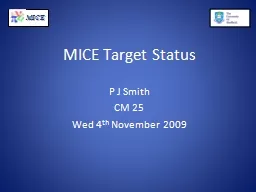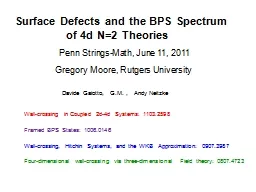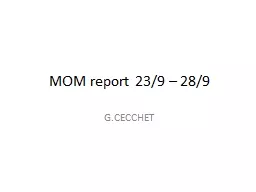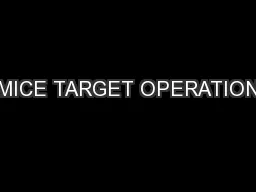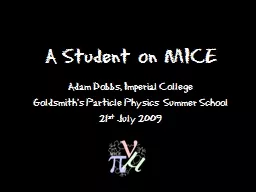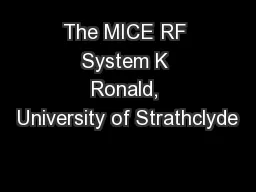PPT-The MICE target and the ISIS BPS system
Author : test | Published Date : 2017-09-22
By Edward Overton 1 Overview Background Target Behaviour amp BPS Limits Implementation FPGA Software Hardware Calibration amp Testing Plans 2 Background The decision
Presentation Embed Code
Download Presentation
Download Presentation The PPT/PDF document "The MICE target and the ISIS BPS system" is the property of its rightful owner. Permission is granted to download and print the materials on this website for personal, non-commercial use only, and to display it on your personal computer provided you do not modify the materials and that you retain all copyright notices contained in the materials. By downloading content from our website, you accept the terms of this agreement.
The MICE target and the ISIS BPS system: Transcript
Download Rules Of Document
"The MICE target and the ISIS BPS system"The content belongs to its owner. You may download and print it for personal use, without modification, and keep all copyright notices. By downloading, you agree to these terms.
Related Documents





